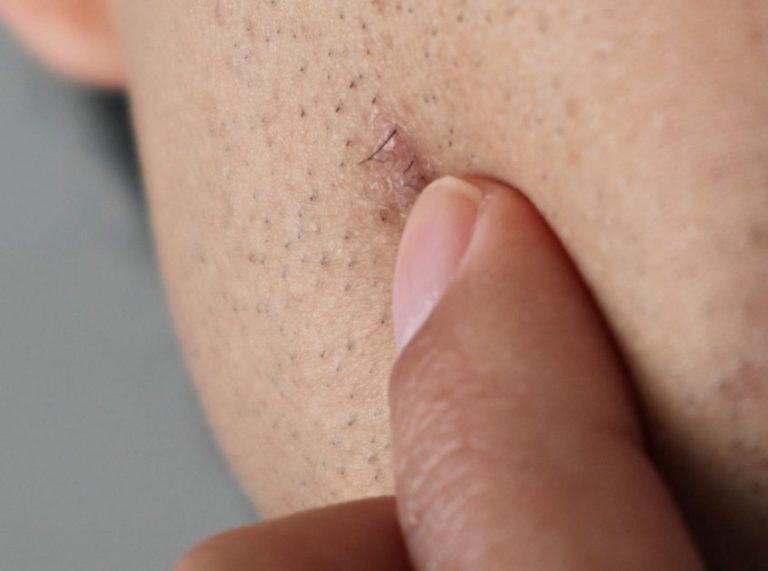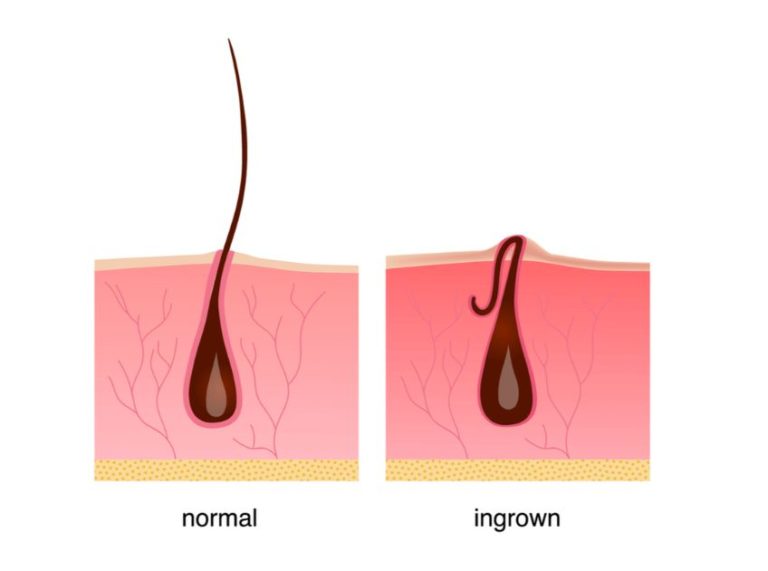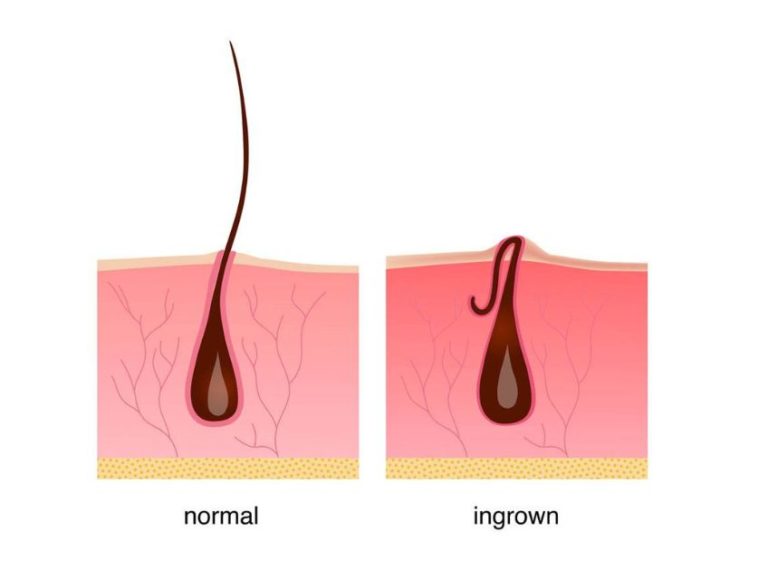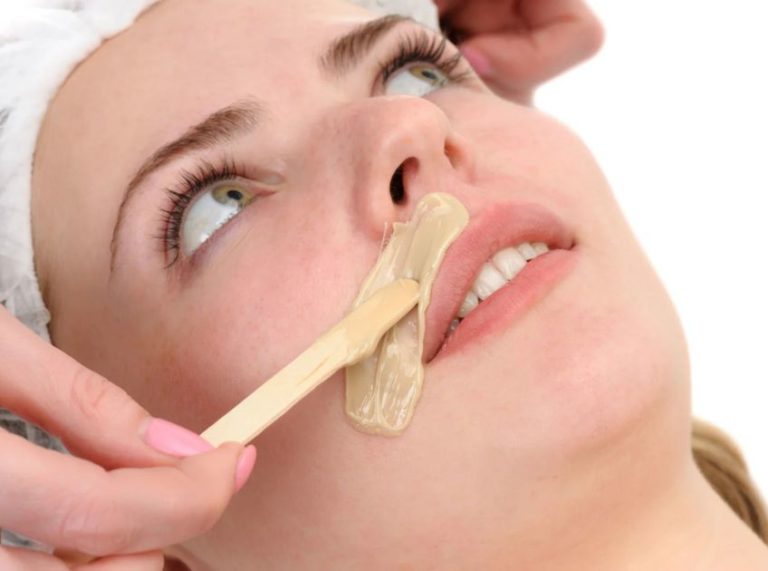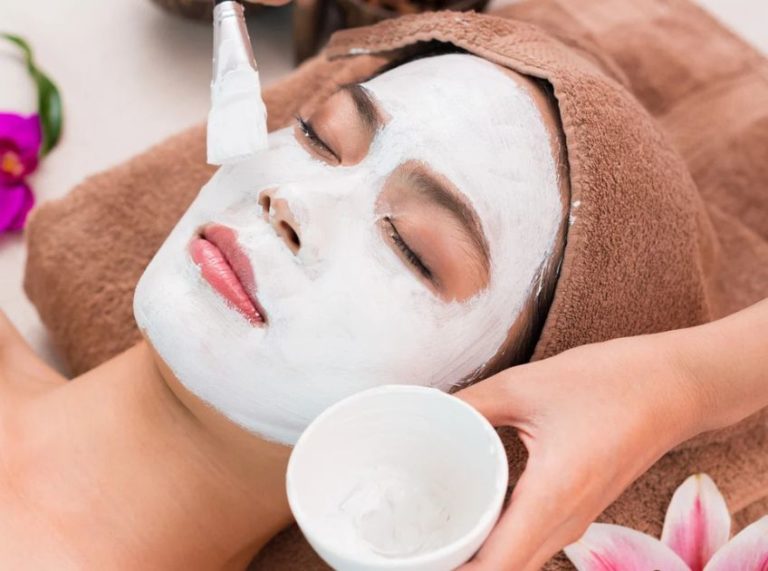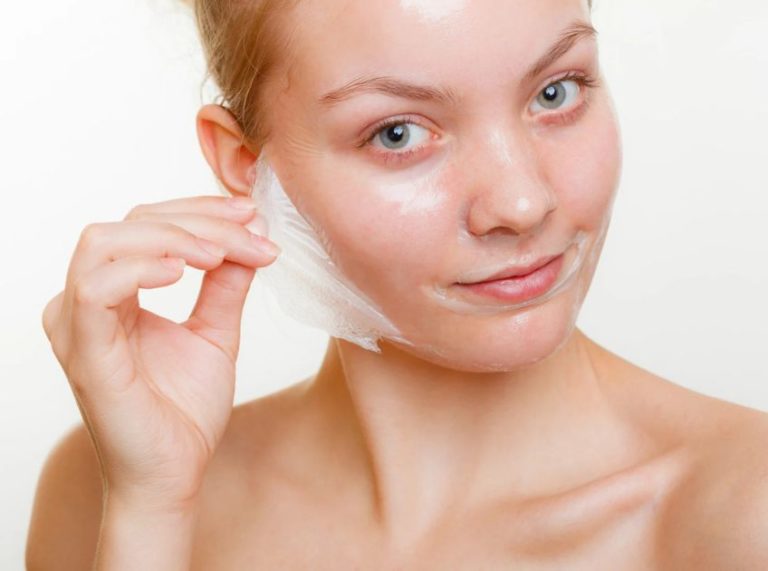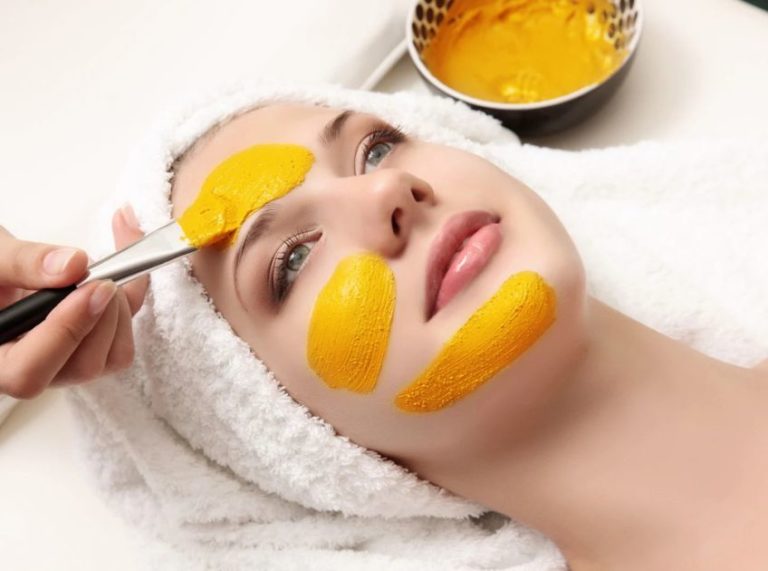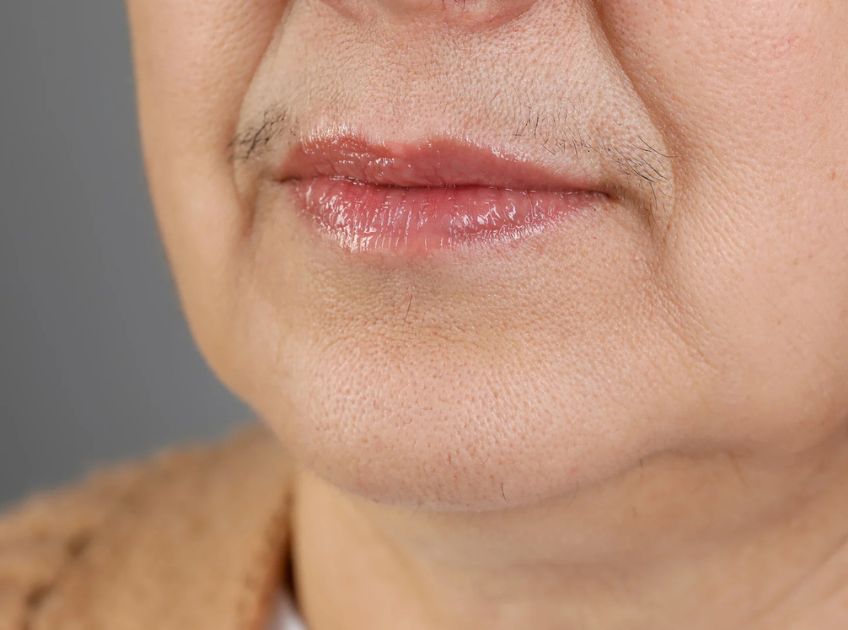
Important: This article is for informational purposes only. Please read our full disclaimer for more details.
Unwanted facial hair can be frustrating, but harsh chemical treatments and salon waxing aren’t always the best options—especially for sensitive skin. If you’re looking for a gentle, natural, and skin-friendly way to remove facial hair, a simple combination of honey and lemon juice can work wonders.
Used for centuries in traditional beauty practices, these two ingredients not only help loosen and remove fine facial hair but also brighten the skin and soothe irritation. In this guide, we’ll explore how to use honey and lemon effectively for facial hair removal, backed by scientific insights and expert tips.
The Science Behind Honey & Lemon for Hair Removal
The combination of honey and lemon juice offers multiple benefits for facial hair removal:
- Honey’s sticky texture: Works as a natural adhesive, helping fine hair stick to the mixture and making removal easier.
- Natural bleaching effect: Lemon juice contains citric acid, which can lighten fine facial hair and make it less visible over time.
- Skin-soothing properties: Honey is a natural humectant and anti-inflammatory agent, meaning it hydrates while calming irritation.
- Potential to slow regrowth: Some studies suggest that natural remedies containing honey and lemon, when used regularly, may reduce hair density over time.
A study published in the Journal of Clinical and Aesthetic Dermatology (2010) highlights honey’s wound-healing and antibacterial benefits (1)(2), while lemon’s natural acids are known for skin brightening and mild exfoliation (3). Together, they make a safe, effective duo for facial care.
How to Use Honey and Lemon Juice for Facial Hair Removal
Removing unwanted facial hair using honey and lemon juice is a gentle, natural method that’s suitable for most skin types. Below, I’ll break down three effective DIY recipes, how to apply them correctly, and how to care for your skin afterward.
1. Classic Honey & Lemon Hair Removal Pack (Best for fine facial hair)
This is the simplest and most popular method to reduce fine upper lip hair, chin fuzz, and sideburns.
Ingredients
- 2 tablespoons raw honey
- 1 teaspoon freshly squeezed lemon juice
How to prepare & apply
- In a clean bowl, mix honey and lemon juice until smooth.
- Wash your face with a mild cleanser and pat it dry.
- Apply a thin, even layer of the mixture on areas with unwanted facial hair.
- Leave it on for 15–20 minutes until it starts to dry slightly.
- Using your fingertips, massage gently in upward circular motions for 2–3 minutes.
- Rinse thoroughly with lukewarm water and apply a light moisturizer.
Frequency: Use 2–3 times a week for the best results. Over time, the hair becomes finer, lighter, and less noticeable.
2. Honey, Lemon & Sugar Peel-Off Pack (Best for stubborn upper lip and chin hair)
Adding sugar enhances the stickiness of honey, making this pack slightly more effective on stubborn or thicker facial hair.
Ingredients
- 2 tablespoons honey
- 1 tablespoon lemon juice
- 1 tablespoon fine sugar
How to prepare & apply
- Mix all ingredients in a small pan and heat on low until the sugar dissolves, forming a smooth, sticky paste.
- Let it cool slightly but not fully harden.
- Apply a thin layer to the targeted area.
- Place a small strip of clean cotton cloth over it and press gently.
- Once set, pull the strip off quickly in the opposite direction of hair growth.
- Rinse your face and follow up with an aloe vera gel or lightweight moisturizer.
Pro Tip: Dust the area with a little cornstarch before applying the mixture to prevent excess stickiness and protect your skin.
3. Honey, Lemon & Oatmeal Exfoliating Scrub (Best for peach fuzz and dull skin)
If you want to remove facial hair while exfoliating dead skin cells, this gentle scrub is perfect.
Ingredients
- 1 tablespoon honey
- 1 teaspoon lemon juice
- 1 tablespoon ground oatmeal
How to prepare & apply
- Combine all ingredients into a thick, grainy paste.
- Apply to the face, focusing on areas with unwanted hair.
- Massage gently in circular motions for 3–4 minutes.
- Leave it on for another 10 minutes before rinsing off.
- Pat dry and moisturize.
Why it works: Oatmeal acts as a natural exfoliant, honey nourishes the skin, and lemon juice brightens and loosens hair roots.
4. Pro Application Tips for Best Results
- Exfoliate first: Gently scrub your face with a mild exfoliant before applying these remedies to open up pores and loosen hair.
- Always patch-test: Apply a small amount of the mixture behind your ear or on your wrist to check for allergic reactions.
- Be consistent: DIY hair removal remedies don’t give instant, permanent results—they require regular application.
- Moisturize after every session: Honey hydrates, but lemon can be drying, so always follow up with a gentle moisturizer.
- Avoid sun exposure afterward: Lemon increases photosensitivity; apply sunscreen if you’re stepping out after treatment.
Aftercare for Smooth, Glowing Skin
Once you’ve removed facial hair, your skin can be a little sensitive. Here’s how to protect it:
- Use aloe vera gel or a light, fragrance-free moisturizer to calm irritation.
- Avoid harsh scrubs or chemical exfoliants for at least 24 hours.
- Stay away from direct sunlight immediately after treatment.
- Drink plenty of water to keep your skin hydrated and supple.
Frequently Asked Questions (FAQ’S)
1. Is honey and lemon suitable for all skin types?
A. Yes, but if you have very sensitive or acne-prone skin, do a patch test first to avoid irritation.
2. How long does it take to see results?
A. You may notice an instant brightening effect after the first use, but a visible reduction in facial hair typically requires 4–6 weeks of consistent application.
3. Can this method permanently remove facial hair?
A. No, honey and lemon don’t permanently remove hair, but regular use can make regrowth slower, finer, and lighter.
Honey and lemon juice provide a safe, budget-friendly, and effective way to tackle unwanted facial hair at home. Unlike harsh waxing or chemical creams, this natural remedy nourishes the skin while gradually reducing hair density.
